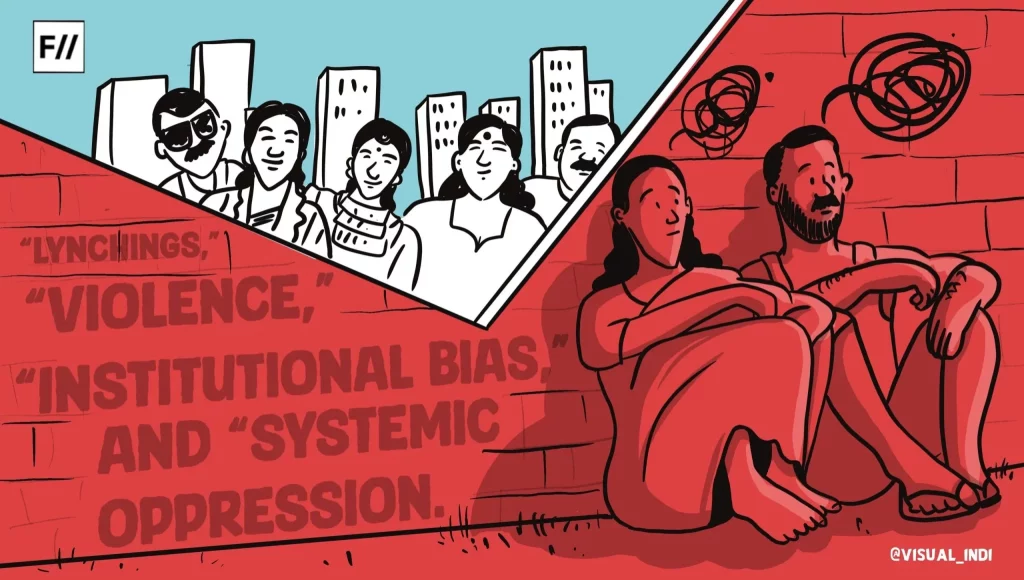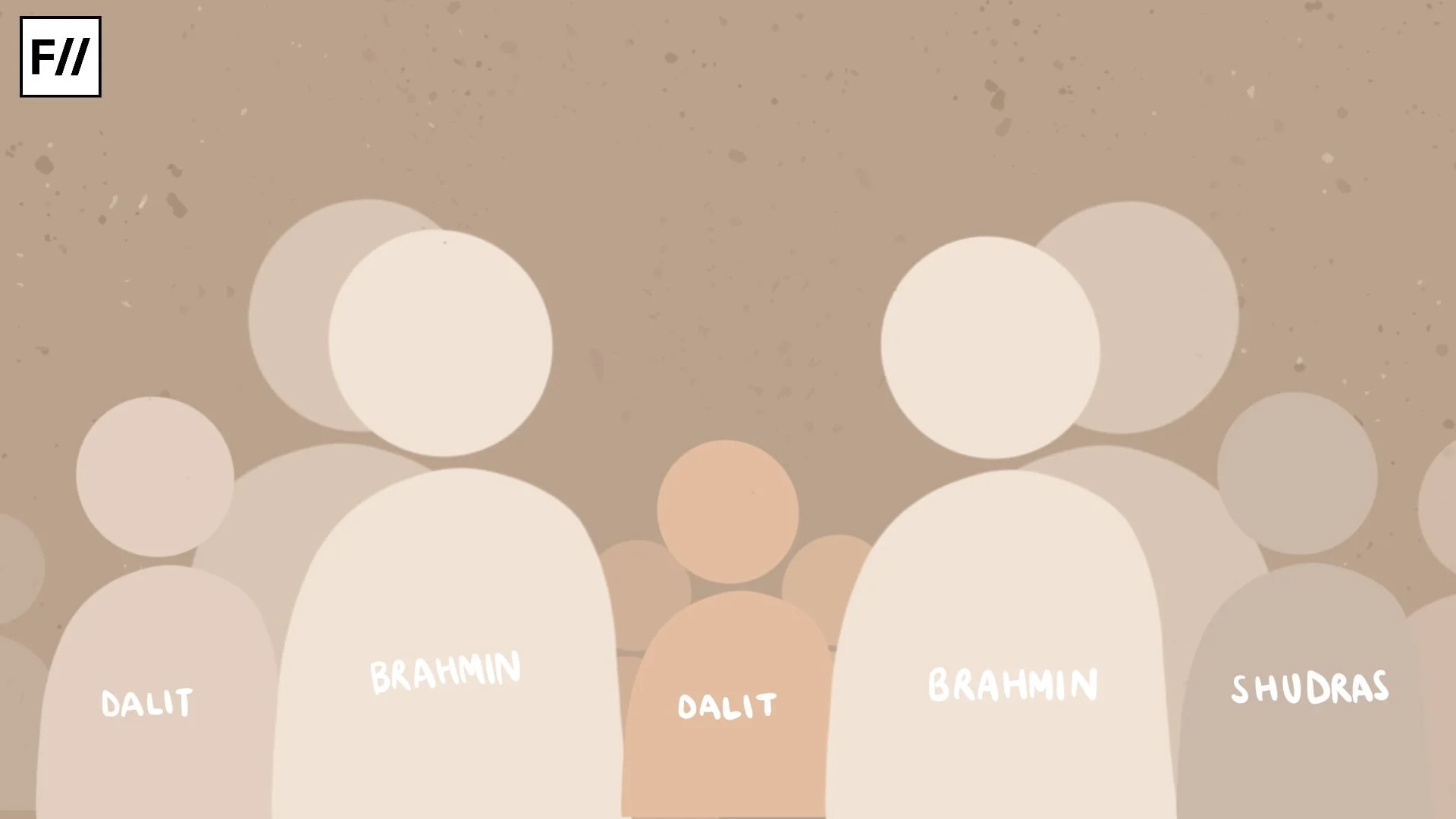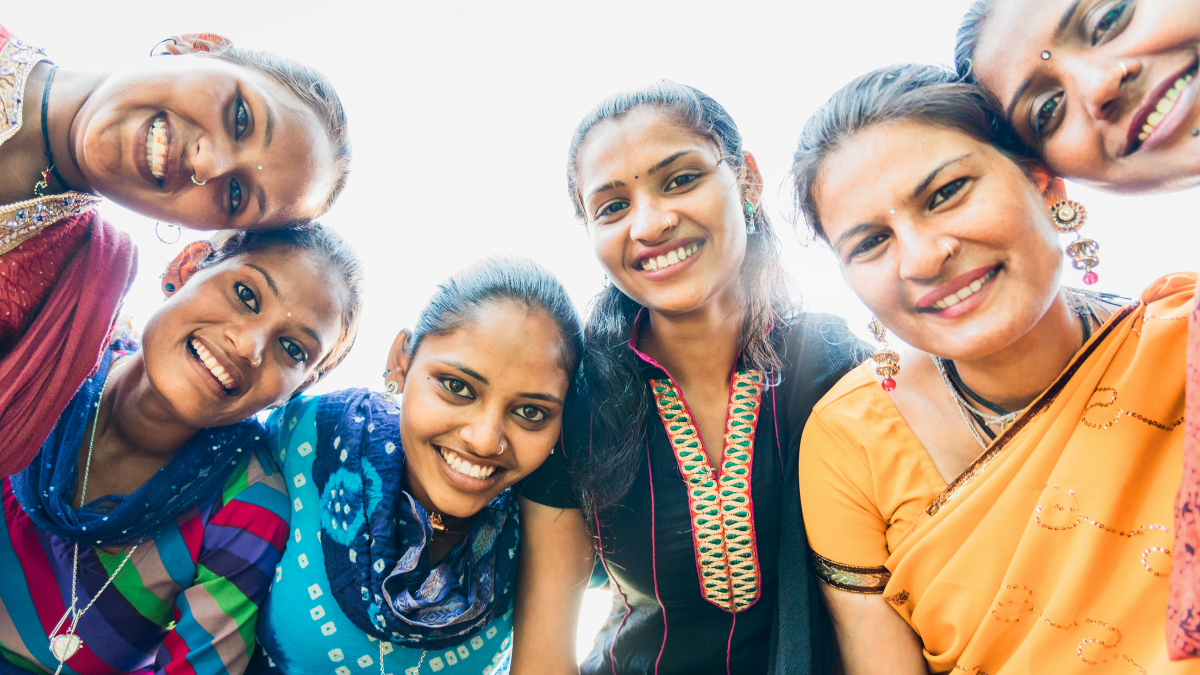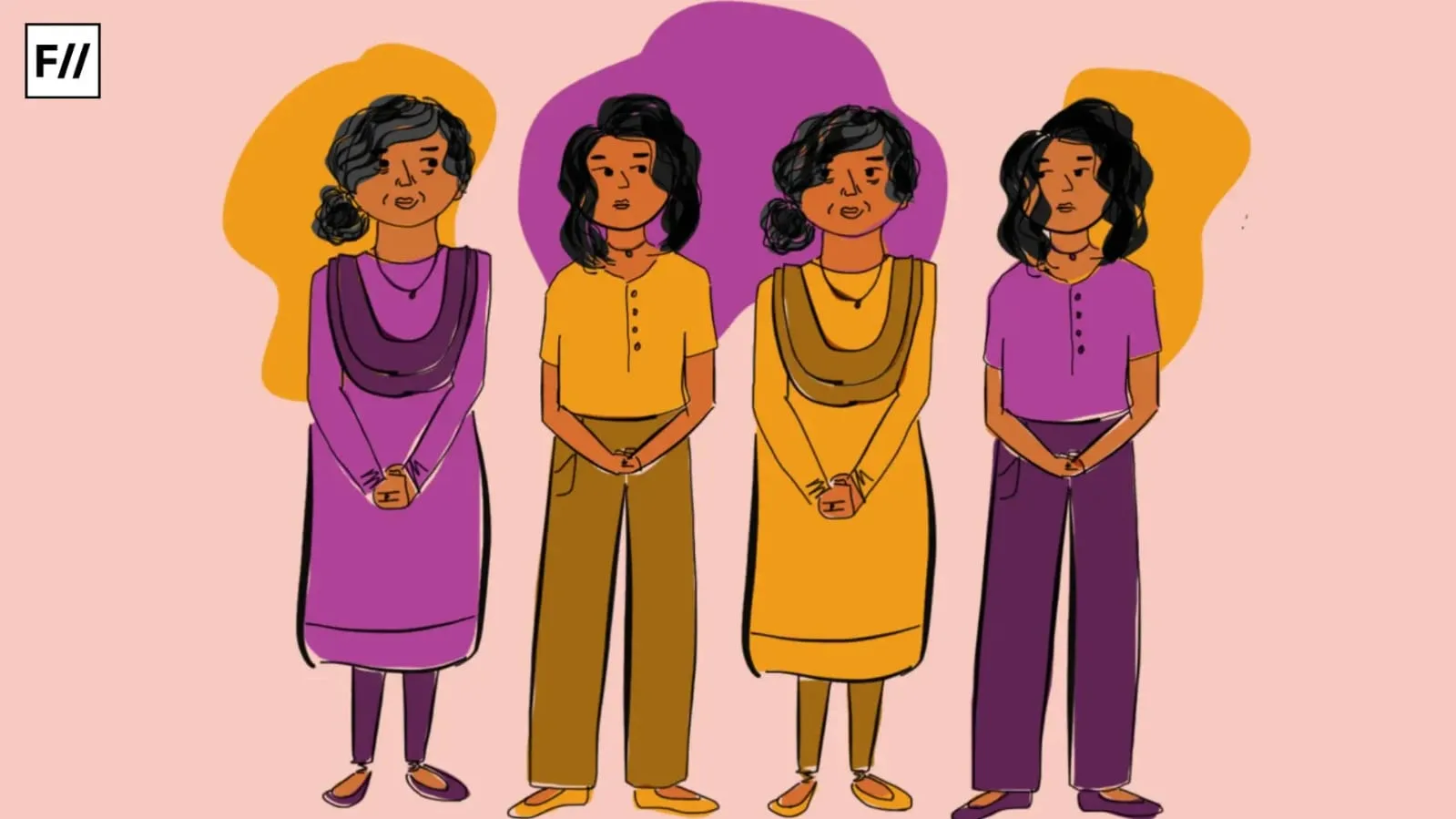For the purposes of clarity, I will say my journey as a Savarna mental health practitioner began a little over 2 years ago in Khargone, Madhya Pradesh, as a counsellor to survivors of sexual abuse and gender-based violence. I was a fresh TISS graduate — full of idealism and eager to step into the field of social justice.
However, I’d learn much later that my practice, especially the role my Savarna privilege played in it, had already been shaped by years of internalisation of an elite liberal-left politics and the intellectual conditioning of institutions like TISS.
The first confrontation: unlearning my Savarna privilege
It was my very first day of taking an independent counselling session. I had already spent a few weeks observing, sitting in sessions, making intensive field visits and shadowing my much experienced field counsellors (FCs). I was both excited and nervous.
The irony is painful: the people most affected by structural violence are asked to perform the emotional labour of healing, while the most protected by it decide what healing should look like. The oppressor gets to define what counts as oppression and therefore what needs redressal.
The day before, Namita ji, my FC had briefed me about the counselee who would be visiting. I had spent the evening going through notes and other study resources acquired during my two years of a master’s in social work in mental health.

Finally, when the time came and I sat across my counselee, within a few minutes of trying to break the ice, as I invited her to ask me questions about myself to be able to build trust, she asked me this: “Didi apka caste kya hai?” It was only then I realised that even though chunks of TISS coursework covered modules on ‘Marginalisation & Mental Health’, I felt ill-equipped to address that question as I sat across the counselling room with a minor survivor of SA from a Dalit community.
I called in Namita Ji and requested her to take over the session, citing nervousness; she generously agreed. As I sat through the session, feeling disappointed with my failure in my very first session, I started unravelling how answering that question would have affected my relationship with my counselee.
We often rely on the labour of the Dalit, Bahujan and Adivasi professionals as first responders — those who do the most emotionally intensive, community-facing work. Yet, high-paid, decision-making roles almost always exclusively remain with Savarna professionals like me.
I knew the revelation of my savarna identity would immediately place me as an outsider to her. As a counsellor I was supposed to make her feel safe and in a space she trusted — and as a UC Bengali in a counselling room of a remote town in Madhya Pradesh — I was as far away as I could be from working in that capacity. Why would she open up to a person who belongs to the same caste as the oppressors who abused her?
Hope in a room full of oppression: my search for anti-caste solidarities
As a feminist, as a woman and as an MH practitioner I knew how to navigate a counselling room but my limitations started as soon as my savarna identity became more and more visible. Having no other options, I brought it up with my supervisors in weekly meetings where we discussed challenges.
Thankfully, back then, the organisation, still relatively free from the present political currents, had spaces where caste was acknowledged and actively worked on. I found somewhat of an anchor in my supervisory training and weekly thematic discussions on positionality and caste-based trauma. Additionally, the work we did outside our counselling rooms with communities, learning from lived experiences and adopting a model of decentralising MH practice, provided some respite from the helplessness I often felt within the counselling rooms.

Having that independence also allowed me to reimagine my practice. I began building dialogic and collaborative counselling structures where the field counsellors — many of whom belonged to the Dalit, Bahujan & Adivasi communities — took the lead. In their caste positionality, they carried a depth of contextual understanding that my academic training could never replicate. While I contributed technical knowledge from my formal education, together we began creating something more horizontal and accountable.
It was within these spaces that I discovered my anti-caste solidarities – in mentors like Raviraj Shetty, Divya Kandukuri and Deepa Pawar – people whose work was rooted in community and resistance.
Through this process, I also began confronting how deeply my education and practice were shaped by psycho-social frameworks of colonial lenses. The language, the ethics, the notions of “healing”— allof it came from western traditions that rarely translated into our realities. In the search for an alternative language, I found myself drawn to the ethics of narrative practices.
It was within these spaces that I discovered my anti-caste solidarities – in mentors like Raviraj Shetty, Divya Kandukuri and Deepa Pawar – people whose work was rooted in community and resistance. My hopelessness was also held in the rare spaces where Savarnas and DBA colleagues met as equals, as friends, in a WhatsApp group consisting of raging professionals, educationists, activists, students and so on, who were all contributing in their own ways to sustain a collective anti-caste mental health practice in this sector.
Barriers to building an anti-caste mental health practice in India
As my role evolved from a counsellor to a strategist, designing and implementing community mental health projects, my vantage point shifted. I began to see how caste and power were entrenched not just in our counselling rooms but in the very architecture of the mental health and social sectors.
We often rely on the labour of the Dalit, Bahujan and Adivasi professionals as first responders — those who do the most emotionally intensive, community-facing work. Yet, high-paid, decision-making roles almost always exclusively remain with savarna professionals like me. The irony is painful: the people most affected by structural violence are asked to perform the emotional labour of healing, while the most protected by it decide what healing should look like. The oppressor gets to define what counts as oppression and therefore what needs redressal.
The funding ecosystem reflects this imbalance too. Foreign donors, driven by a whitewashed idea of ‘mental health’, want to fund projects on depression, trauma and so on – caste holds no space to enter the conversation. Domestic funders, on the other hand, stay vulnerable to the political shifts of the state. Sitting through funding pitches, I’ve often heard that addressing caste is harder to present in data that must show fast-changing numbers. Structural violence does not fit neatly into Excel sheets.
The funding ecosystem reflects this imbalance too. Foreign donors, driven by a whitewashed idea of ‘mental health’, want to fund projects on depression, trauma and so on – caste holds no space to enter the conversation.
Caste is a problem created and perpetuated by us Savarnas and yet the field of psychology continues to be dominated by those for whom caste exists only as a theoretical concept, safely confined to classrooms and citations. It wasn’t uncommon at TISS to come back from our rural fieldwork to gossip about who refused food at a community member’s home or demanded to be moved to a hotel. Nor is it uncommon, even now, to overhear at lunch tables: “Uss area mein toh adivasi, dalit zyada rehte hai, isliye itna violence hai, drinking ka issue hai.” The field of psychology and even independent therapy practice remain fertile grounds for these quiet prejudices to thrive.
It has become fashionable to speak of ‘decoloniality’ while masking our savarna saviour complexes under the language of neutrality & objectivity. Many of us proudly take feminist or anti-capitalist stances, borrowing freely from Western critical psychiatry movements, yet remain silent on caste – the oldest system of structural violence in our context.
The truth is simple and uncomfortable: mental health practice in India cannot be ethical, feminist, or liberatory until it is anti-caste. And no amount of theory, training, or therapeutic jargon will change that.
I still struggle with the discomfort of benefitting from my Savarna privilege — it has always been easier to sit with identities where I am the one oppressed. But none of us exist in isolated locations of power; privilege shifts as we move through spaces. In my counselling rooms now, I try not to run from that discomfort but to sit with it, to name it — perhaps that, after all, is the first step.
About the author(s)
Antarika is a social worker and mental health practitioner with a deep interest in community mental health. She enjoys reading and researching the everyday politics of love, language, and relationships through a feminist lens, centering the stories of women in her life, especially her mother. She hopes to build an activism that bridges intellectual inquiry with grounded, community-based practice






Good to see savarnas realizing their privilege and speaking on such issues that most usually ignore
This is such an impactful piece of writing, felt the need to write my own reflections after reading!
Carry on. Deep rooted issue , couldn’t be resolved overnight.